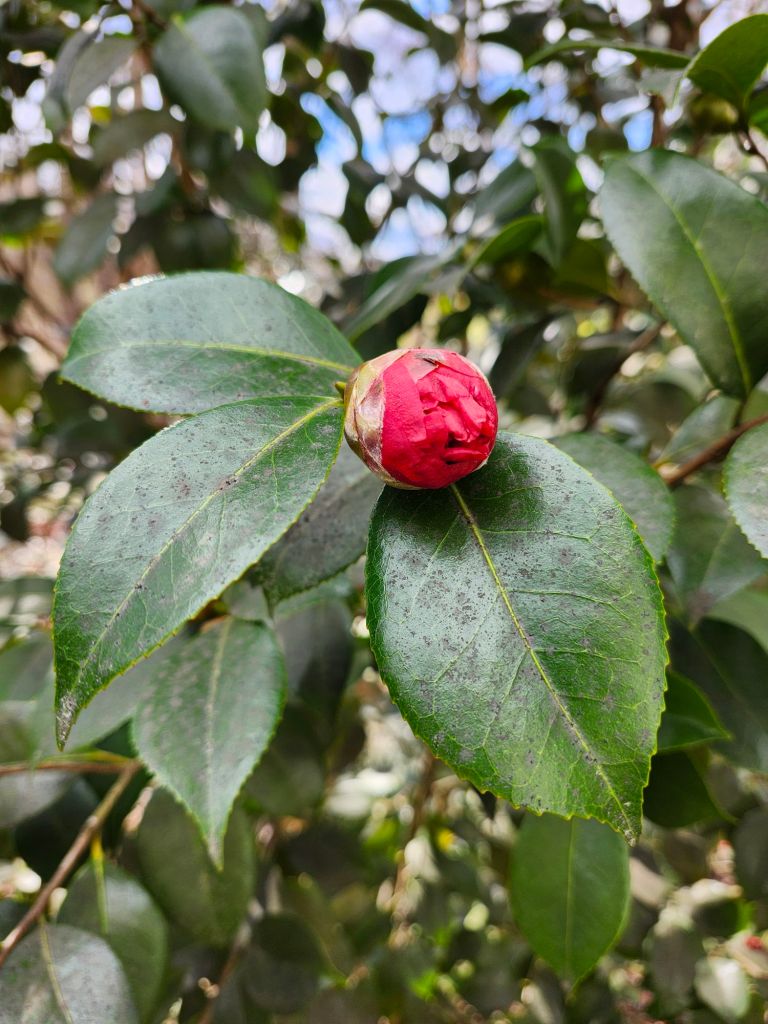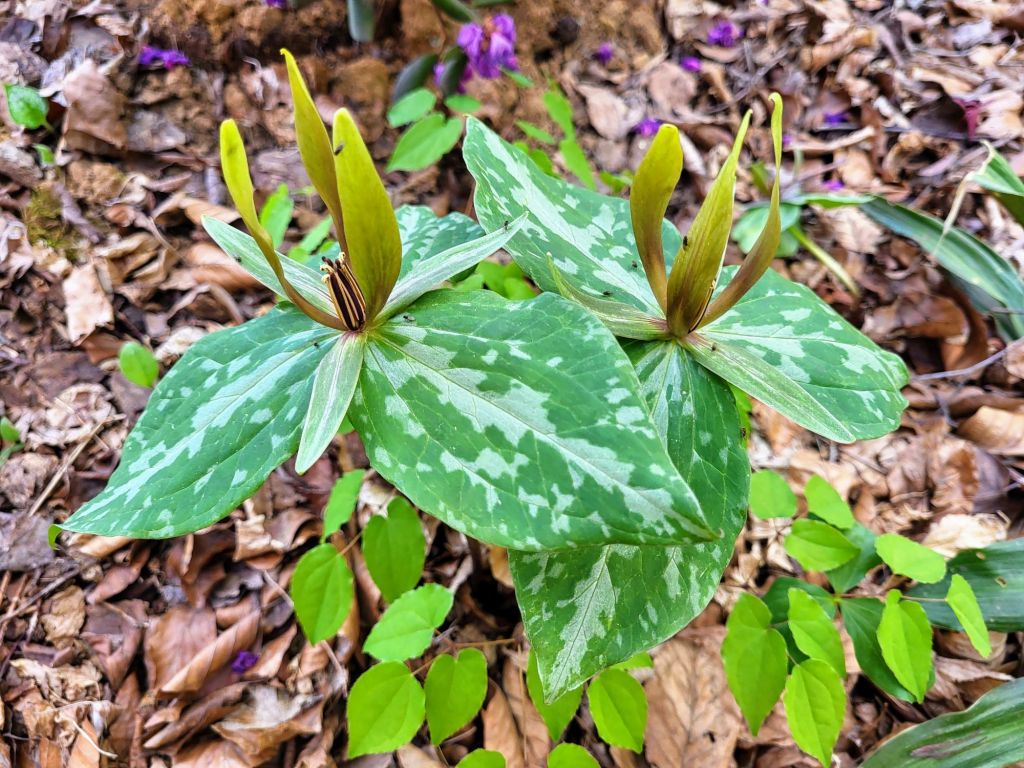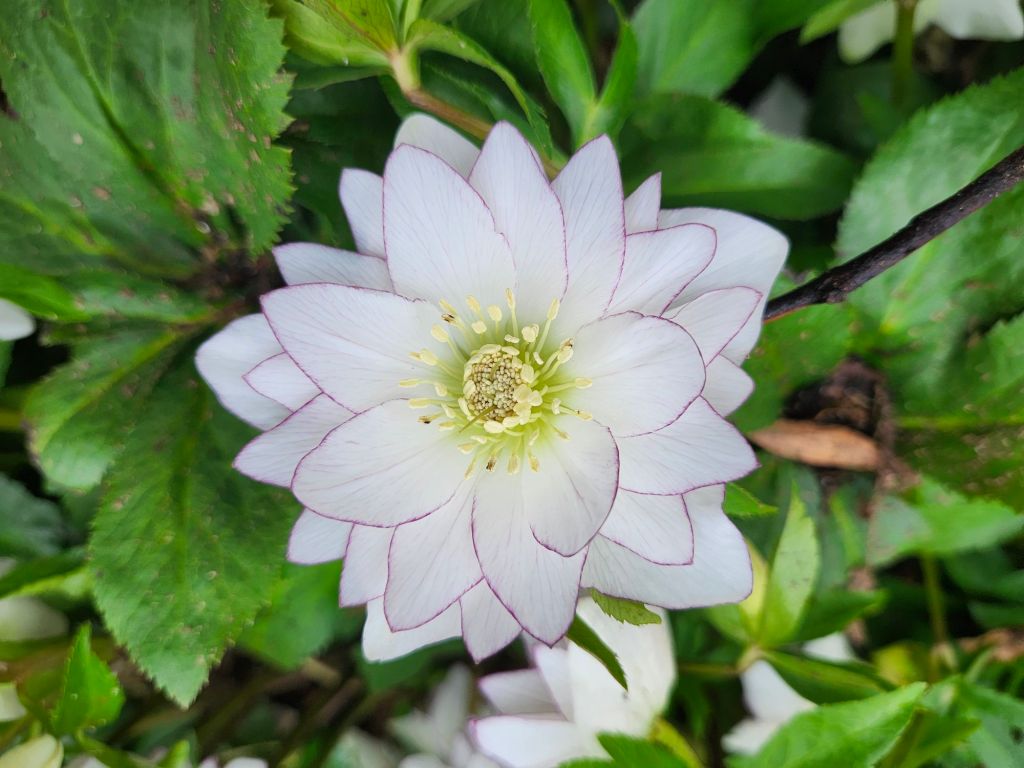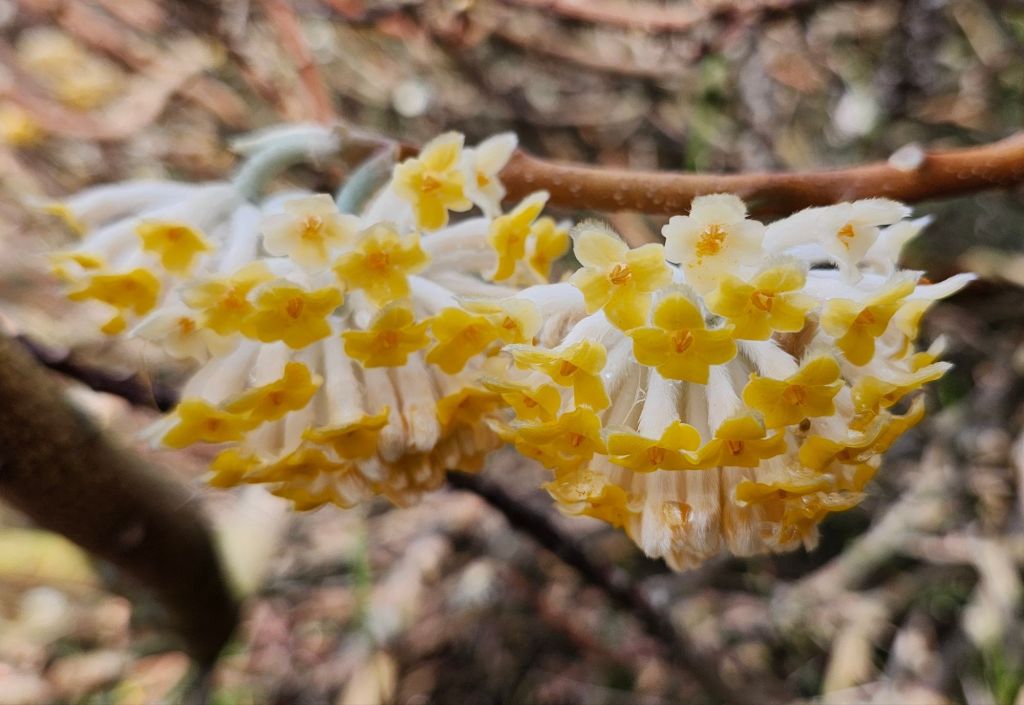Little effort is required to add color to the garden in March. Swelling buds and emerging perennials are glorious, but after a winter with only scattered blooms, flowers now fill the garden (with more every week).

Delightful swaths of daffodils (above) are scattered through the garden, just enough that I am not tempted (for the moment) to add more. Snowdrops are finally fading, and I am quite pleased with hefty clumps that were divided just before flowering and moved to the newly planted area beside the sunroom. I now wait for several bulbs just breaking ground, though I’ve forgotten what I planted a few months ago.


The worst of the garden’s messes have been cleared with three partial days of labor. Overwintered leaves of irises are the most stubborn, requiring sharp pruners to remove the soggy, browned leaves, with the reward of new growth hidden beneath. The garden will not be covered by foliage until another month, but with every warm afternoon, progress is evident.



I watch closely for emerging perennials as I stomp through the garden. I’m most anxious to see trilliums, and of course, as they’ve continued to spread in recent years, I hope not to damage any that pop up in unexpected places. I was greatly pleased a year ago when patches of trilliums increased, but also to find strays far from the parent plants.

A few straggling hellebores are not yet flowering, but most are at their delightful best this first week of March (below). Barbara insists there are many more than the hundred I estimate, and no matter the number, I will add more and move flowering size seedlings. My mother looks to add a few, so a few have been dug and potted.


Even hellebores with downward facing flowers are marvelous, though blooms of many newer plantings and many seedlings are outward facing (above). Several additions planted in the past three years are now thriving after I questioned their sturdiness, and a few have been moved to a better viewpoint as they’ve proven themselves.

I am continually surprised that few gardeners are aware of paperbushes (Edgeworthia chrysantha, below) that will forever be a favorite in this garden. One of three that have grown more than twenty feet in width suffered some loss of flowers from saturated soil, but hardly enough for a visitor to notice. In autumn, I mentioned the need to chop back several of the paperbushes after flowering, so I’ll try to remember this before the massive shrubs overwhelm more neighbors.

I fear that the ‘Dorothy Wycoff’ pieris (Pieris japonica ‘Dorothy Wycoff ‘, below) at the corner of the garage has grown so large to discourage visitors from planting one. They soon see that everything grows oversized in this thirty-five year old garden, as I remind them that I have not fertilized since the garden’s earliest days. Just plant, then get out of the way, though today I grow increasingly impatient when adding small plants into a mature garden.
